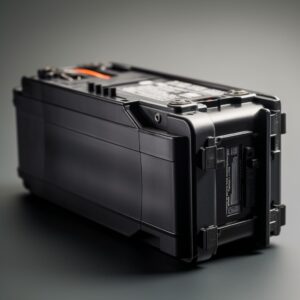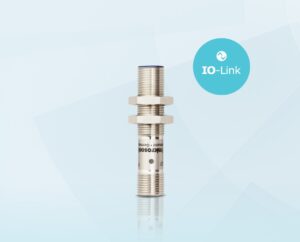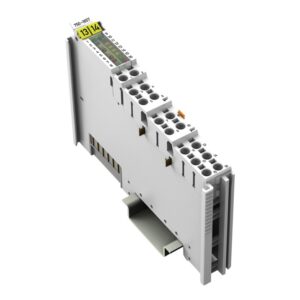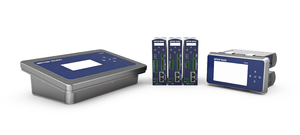Click on a headline or image below to learn more about a given new product.
 Smart Lithium Battery with PROFINET
Smart Lithium Battery with PROFINET
Hellpower Energy is launching a PROFINET-enabled battery that seamlessly integrates into existing PROFINET systems and overcomes traditional communication barriers. Developed as a lithium battery for Autonomous Guided Vehicles (AGV), the product meets the specific requirements of industrial environments. Future developments are already planned, includnig a battery simulator, and chargers with a PROFINET interface.
 Ultrasonic Sensors with IO-Link
Ultrasonic Sensors with IO-Link
The new ‘nano’ series ultrasonic sensors from microsonic in an M12 housing are now equipped with a Push-Pull switching output and an IO-Link interface. They also support the IO-Link Smart Sensor Profile. In addition to the measured distance values, the IO-Link interface also transmits identification, status, and diagnostic values. Two measuring ranges are available, 250 mm and 350 mm.
 New 4-Port IO-Link Master
New 4-Port IO-Link Master
The WAGO product range will be expanded to include a new 4-Port IO-Link Master. Compared to its predecessor, the new module has a larger process image of 48 bytes in total. Up to 32 bytes of process data can now be transmitted per transmission direction for one port without having to resort to the de-/fragmentation of the process data via a control program. In addition, the sensor supplies are overload-protected.
 Weighing Indicator with PROFINET and OPC UA
Weighing Indicator with PROFINET and OPC UA
METTLER TOLEDO is excited to announce the introduction of one of the industry’s first high performance OT / IT weighing indicators to improve production in smart factories. The first connection integrates the IND360 over PROFINET to send cyclical weight data and condition monitoring at a 960Hz transfer rate. The second connection, over the same PROFINET network, facilitates communication via OPC UA using standardized data that aligns with the OPC UA Companion Specification for weighing. This combination reduces the need to create a separate network, saving infrastructure cost and valuable resources.
